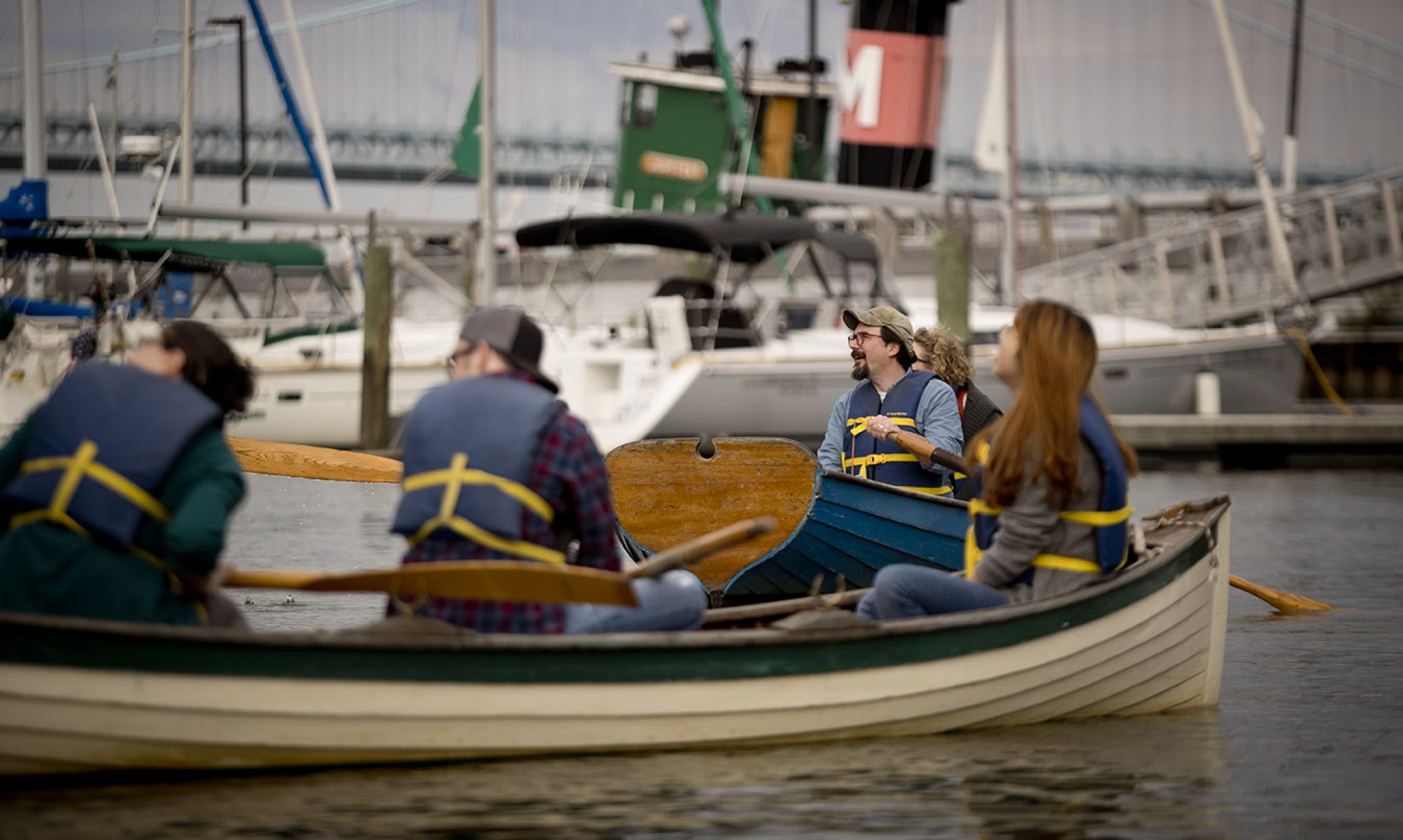People love to touch old stuff. It’s like an involuntary reflex. I’m sure that at some point in your life you or somebody you were with picked up an old piece of junk at an antique store or a garage sale or wherever and whispered, “wow, this is old.” Did you really need to pick the thing up to discern its oldness? Probably not, but you couldn’t resist in part because we’re encouraged to do this all the time. Think about any museum you’ve ever been to where some woman wearing a bonnet sat behind a big spinning wheel (she works at 99.99% of the living history museums in this country) and urged you to touch a skein of wool yarn just to feel what is was like to live in the past. Every time you see a sign in a museum that says “do not touch,” you’re being told that the experience of touching this old thing is so amazing that it’s being reserved for someone much more special than yourself. If you’re well mannered, you won’t touch it, but you will get as close as you possibly can without breaking the rules. That’s because the “do not touch” sign enhances the object’s proximity value. An object’s proximity value is measured by it’s ability to draw you near. Old things have remarkable proximity value and some, like holy relics, are so strong that they reward your touch with the promise of divine favor. Bygone objects possess extreme proximity value; we are naturally drawn to them and believe ourselves bettered by their company.
Every now and again you’ll witness humans taken in by the proximity value of the strangest things. Consider two examples of this from my recent trip to the Jersey shore. Next time you’re counting cards in Atlantic City, take a break and head south down the Garden State Parkway to Cape May Point State Park. There you’ll find, just beyond the quaint seaside Victorian homes of Cape May, a lovely beach and lighthouse surrounded by nature trails and an interesting museum. Among the park’s more obscure attractions are the weather worn ruins of Battery 223, an anti-submarine defense bunker built in 1942 by the U.S. Army Corps of Engineers. When it was built, this hulking structure was hidden under a sod-covered mound the approximate distance of three football fields away from the beach where it could covertly monitor and, if necessary, fire on any German subs looking to squirm their way into the Delaware Bay. Shore erosion has long since revealed the bunker and its foundations to curious beachgoers who, from time to time, are overwhelmed by its proximity value:
 Perhaps she’s a patriot. Perhaps she’s lost. It’s hard to know. But, whatever or whoever compelled this woman to spread herself out beneath Battery 223, it seems likely that the building’s pastness had something to do with it. It certainly wasn’t the pleasant scent.
Perhaps she’s a patriot. Perhaps she’s lost. It’s hard to know. But, whatever or whoever compelled this woman to spread herself out beneath Battery 223, it seems likely that the building’s pastness had something to do with it. It certainly wasn’t the pleasant scent.
Maybe you’re unconvinced–there could be any number of reasons why this woman chose to cozy up with the bunker. Let’s proceed, then, to our second example. This one I remember from my youth. I don’t know precisely when it was, but somewhere around age 6ish, my parents and I visited Cape May and made a trip out to see the famous concrete ship. Really, when people in these parts refer to the concrete ship, they mean the crumbling remains of a concrete ship that went aground just off the southern tip of Cape May in 1926. The Atlantus was one of only a few experimental concrete ships built by the United States in response to steel shortages during World War I. These were not, as you might imagine, the most efficient vessels and so after the war the Atlantus was decommissioned and put on the scrap heap. Then along came a local firm looking to establish ferry service between Cape May and Lewes, Delaware. Why not run the Atlantus aground at Cape May Point, they reasoned, and fashion it into a ready-made concrete pier? The plan faltered when a massive storm ripped the Atlantus from its moorings and drove it hard into the ocean floor just off the point. Unable to budge it, the ferry magnates abandoned the thing and for over eighty years now passers by have watched the Atlantus slowly crumble into the waves.
Keep in mind that today’s casual Cape May visitor knows little to nothing about the story of the Atlantus. Still, they keep coming just as I did with my parents years ago to gawk at the poor old thing which is really little more than a chunk off concrete jutting up above the ocean’s surface–it doesn’t even look like a ship anymore. I remember my mom asking, “what do you think” as I peered though a set of those bulky quarter-fed binoculars you find in places like this. I was impressed, but wasn’t quite sure how to express this particular kind of impression. “It’s beautiful,” I responded. She laughed at me and said something to the effect of, “It’s not beautiful, it’s just an old wreck.” She was right of course, but not everyone is immune to the concrete ship’s proximity value. In fact, during my recent visit, at least a dozen sunburnt tourists trudged down to the beach to take obligatory photos of the thing. Why? Well, not because it’s beautiful. It is old though and that seems to be reason enough. Behold, the bygone object.





